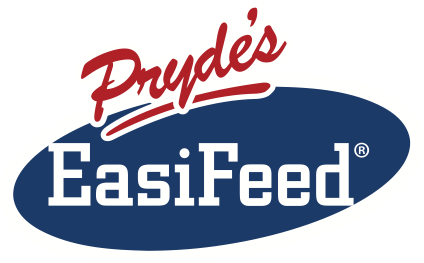EasiFeed TroubleShooting Guide
Gastric ulcers in horses multifactorial with many things contributing including stress, periods of time off feed, training, working on an empty stomach, not enough forage and high grain feeds. What is the best horse feed for horses that have gastric ulcers? In some cases feeding horses non-grain, low starch feeds helps to control ulcers by stopping the fermentation of starch in the stomach.
Recurrent Exertional Rhabdomyolysis (RER) in horses is a muscle disease that causes painful muscle contractions. Symptoms include severe muscle pain and distress, apparent colic, excessive sweating, elevated heart and respiration rates, a stiff gait, muscle tremors and a reluctance to move. Milder forms may make the horse simply appear stiff, lazy or slightly lame.
PSSM is a muscle disease in horses with Quarter Horse bloodlines such as Quarter Horses, American Paint Horses and Appaloosas.
What is the best horse feed for weight gain and topline is a very common question. Weight loss can occur for many reasons and once it has been identified, it should be a simple matter of feeding the horse a diet in energy and good quality pasture.
Are your horses maintaining condition or getting too fat on pasture alone? The Pryde’s EasiBalanced range of balancer pellets is here to make your life simple and keep your horses in pristine health.
If you are looking for the best horse feed for fussy and picky horses, or looking for the most palatable horse feed, typically feeds that have a sweetener such as molasses or honey will tempt even the fussiest of horses!
Adjust feed intake according to workload to help control behaviour in the hot and fizzy horse. Reduce the amount of EasiSport, EasiFibre and EasiOil fed on rest days by 75% and on light work days by 50% of what is fed on normal working days.
Knowing what to do with a horse that has a dull coat and dry skin can be tricky. The condition of a horse’s coat is a telling sign of his general level of health; a dull coat is indicative of a horse that is just not up to scratch health-wise.
What is the best way to manage cracked / crumbly hooves for horses can be difficult. Many factors are responsible for your horse's hoof condition, including environment, previous hoof disease, and nutrition however it can be managed through providing the vitamins and minerals that are deficient in the diet.










What is laminitis or cushing’s disease in horses? What is the best treatment? Feeding management for horses with laminitis generally require a low sugar, low starch diet. The sugar and starch in a horse's diet is called the non-structural carbohydrates, or NSC. ALL feeds and forages in the diet of a horse with laminitis should contain less than 12% NSC to help keep their blood glucose and insulin levels as low as possible and/or to prevent the passage of starch into the hindgut.